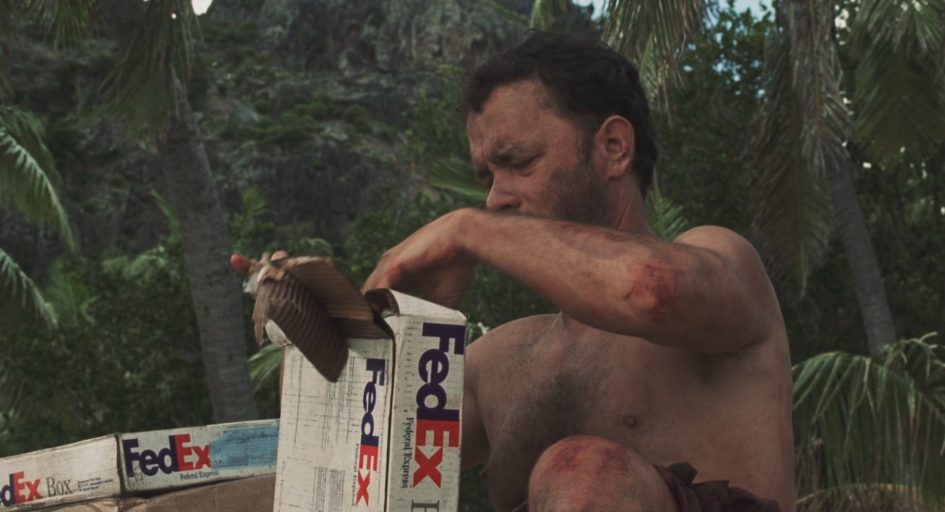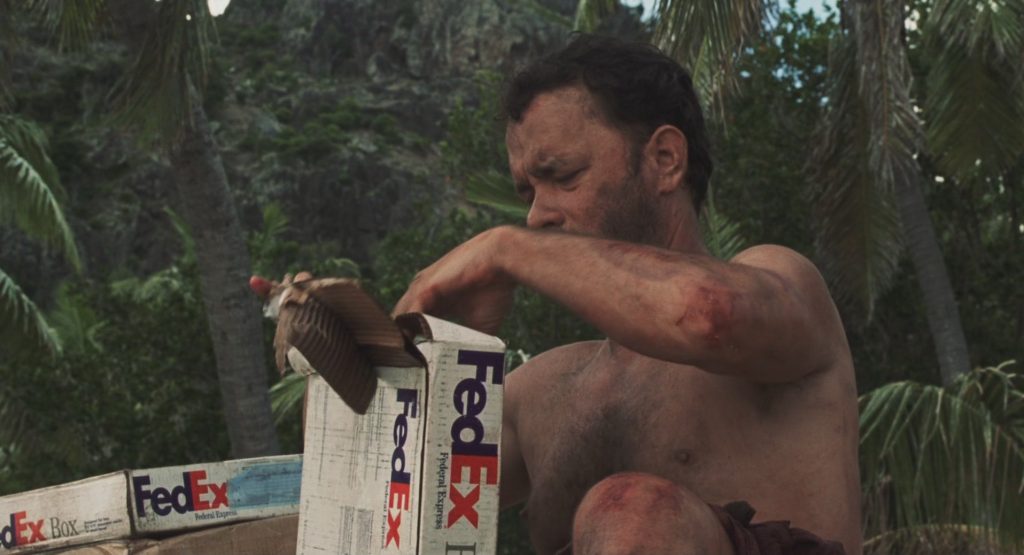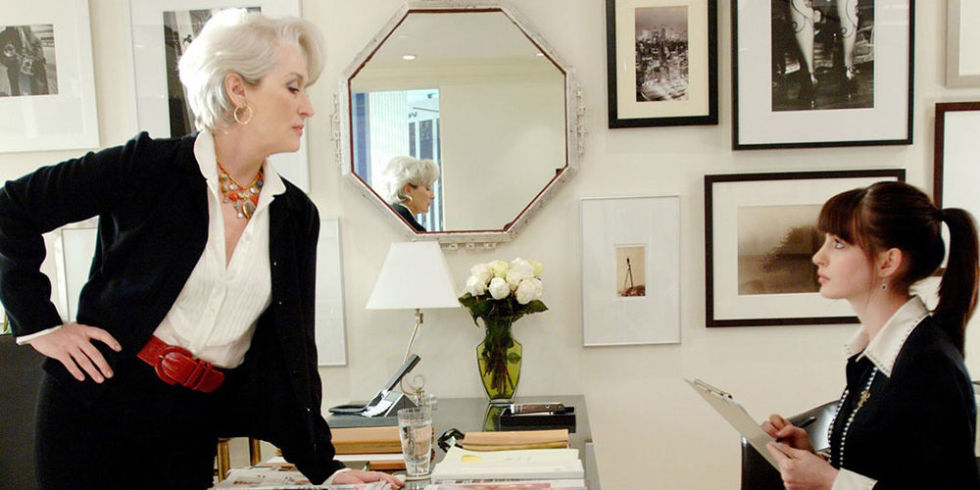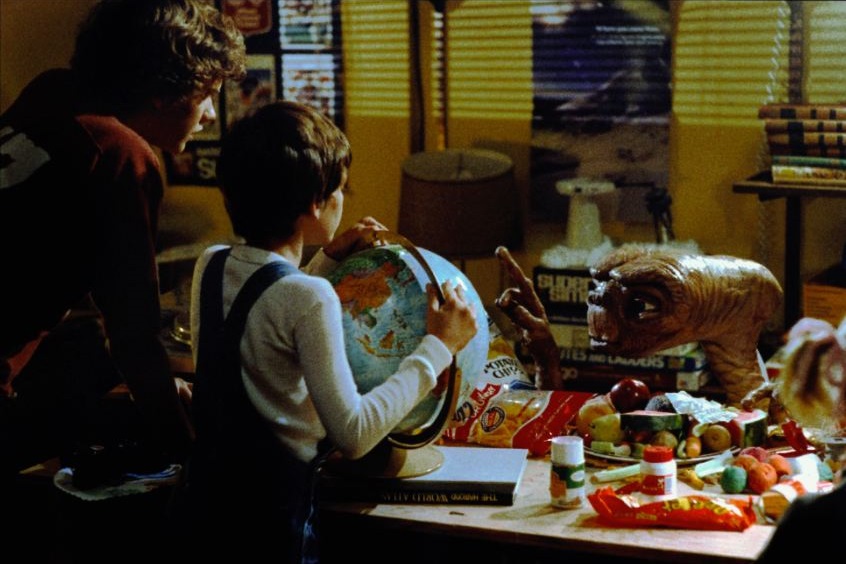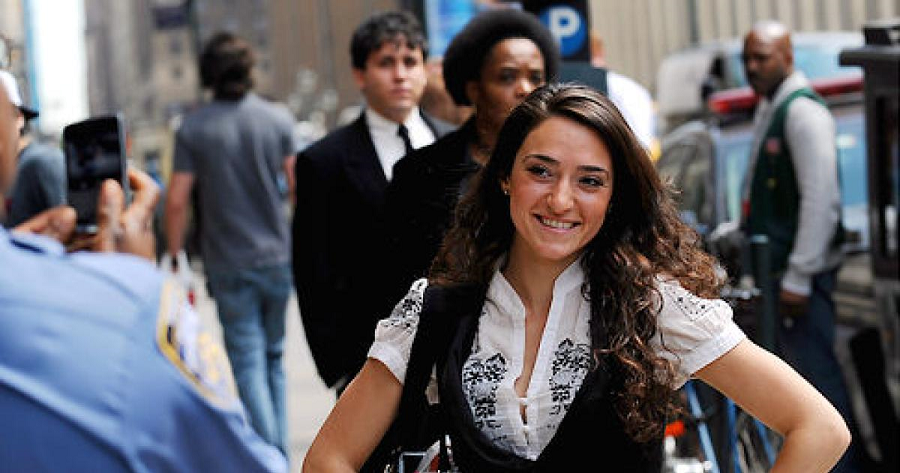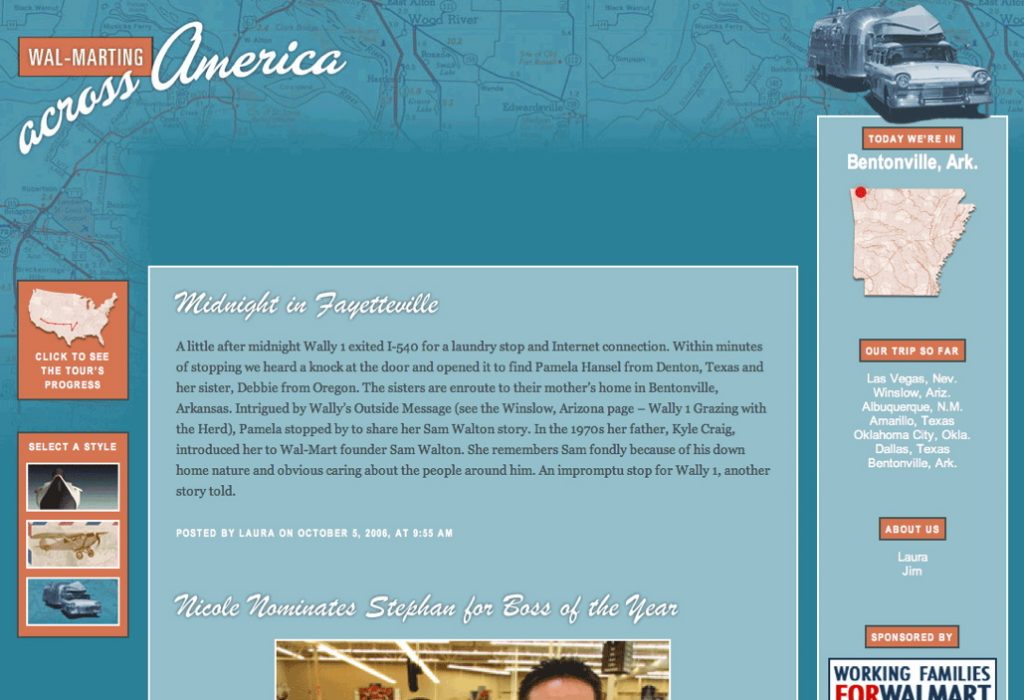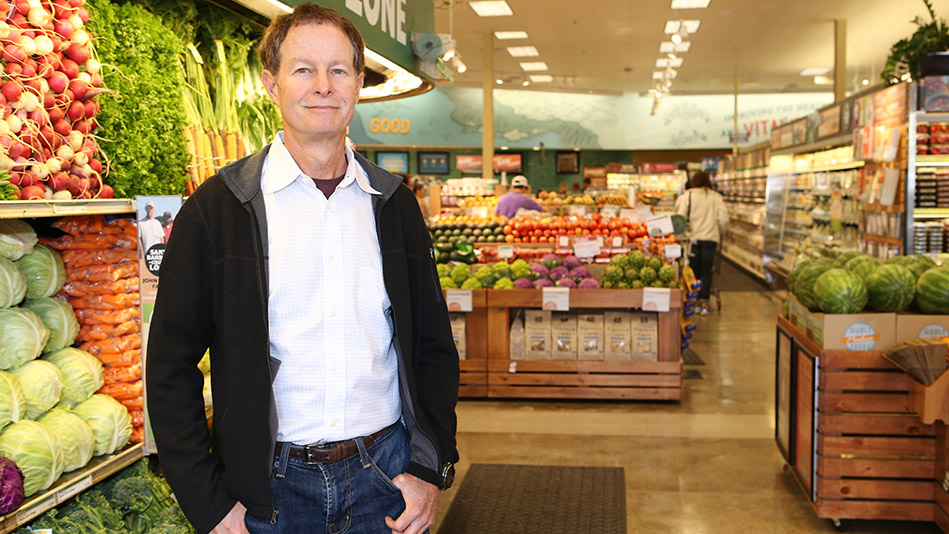Perhaps the most controversial of advertising ploys, stealth marketing is an all too common occurrence in modern life. Some studies estimate that the average citizen is exposed to 5,000 examples of stealth marketing every day. Stealth marketing is the practice of marketing to consumers without their awareness.
Whether it’s the ads on the margins of your Facebook page that you barely notice to product placement in a film or television series to coming into contact with a paid actor who sparks a conversation about a product, stealth marketing is impossible to avoid.
The trick of stealth marketing is to make it so subtle that the consumer doesn’t notice that it’s a marketing ploy.
Some famous examples of stealth marketing include:
Mini Cooper
In the film The Italian Job, the team of thieves pull off their heist in a crew of Mini Coopers. The car was such an important part of the film and featured so prominently in so many scenes that one could say that the entire movie was one big ad for Mini Coopers.
FedEx
Who wasn’t touched by Tom Hank’s stranded FedEx delivery man in the film Cast Away? Though he lived for years on a deserted island, FedEx featured prominently throughout the film, both saving his sanity while he was on the island and serving as a touching denouement when he finally delivers the letter that kept him going at the end of the film. Again, one could argue that the subliminal message of the film is that through rain or storm or even years on a stranded island, FedEx always delivers.
Prada/Vogue
In the film The Devil Wears Prada, both the fashion brand Prada and the fashion magazine Vogue were on hot display. Meryl Streep’s character was based on the famously difficult-to-please American Vogue editor Anna Wintour as the film’s protagonist, as the nerd-turned-chic secretary weaves her way through the fashion world’s labyrinths.
Reese’s Pieces
Who remembers the scene in E.T. where the adorable alien discovers he likes Reese’s Pieces? Though Hershey didn’t pay for the ad placement in the film, they did make a deal to promote the movie in their ad campaigns and, with the film’s incredible success, ended up increasing their profits by 65 percent the year the film was released.
Sony Ericsson
The famous 2002 Fake Tourist Sony Ericsson campaign for their T681 mobile phone involved paid actors asking strangers passing by to take their photo in front of various tourist destinations throughout New York. As the unsuspecting stranger helped the actor by taking their picture, the actor would subtly market the phone by presenting the different features of the camera phone. The goal of the campaign was to get people buzzing about the phone.
Blackberry
Blackberry took a different tack, going with the classic “sex sells” ploy to market their new products. They gave attractive young women Blackberrys and had them sit in bars with their Blackberrys and flirt with male patrons. When the girls hooked one, they would ask him to put his number in their phone, promising to call him to go out on a date. The ploy was really just to get the guy to use the Blackberry.
Wal-Mart
In 2006, couple Jim and Laura wrote a blog, chronicling their adventures in different Wal-Marts throughout the United States. Their blog gained a huge following but all the charm was lost when it was publicized that the blog was sponsored by Wal-Mart.
Starbucks
Stirring up fake controversy is another way to employ stealth marketing. The buzz about your product gets blown out of proportion as the news travels through the media, while marketers cross their arms, sit back and watch the magic. Starbucks employed such a tactic in 2015 with their soiled Christmas mug collection. The fake controversy was that consumers hated the cup and wanted it taken off the shelves. In the end, nobody actually hated the cup, but everyone knew about it and sales went up.
Whole Foods
From 1999-2006, the co-founder of Whole Foods John P. Mackey was active on Yahoo Finance’s bulletin board, using an alias to hide his relationship with the company. This type of stealth marketing is known as sock-puppeting.
Sunsilk
In 2007, a YouTube video featuring a bride having a bad hair day on her wedding day cutting off her hair went viral with 3 million views. The video was actually an ad for the brand Sunsilk which is a hair care product line.
Though watchdog groups and ethics panels wish to eliminate stealth advertising, the reality is that it’s one of the most popular types of advertising among marketers. Stealth advertising is here to stay.
Tracy Blanchard
Latest posts by Tracy Blanchard (see all)
- Top 10 Creative Marketing Viral Videos - June 21, 2017
- 10 Wonderful Examples of Creative Landpages - June 2, 2017
- 10 Wonderful Examples of Stickers in Marketing - May 24, 2017

 English
English Português
Português Español
Español